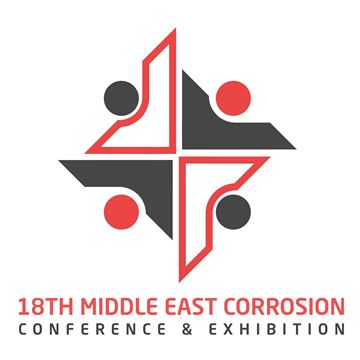Search
Products tagged with 'cathodic protection'
View as
Sort by
Display
per page
Efficiency of Cathodic Protection of Stainless Steel in Confined Area - Further Understanding of the Protection Mechanism through Experimental Testing and Modeling
Product Number:
51324-20639-SG
Publication Date:
2024
$40.00
Enhancing Cathodic Protection System Design and Operation Efficiency by Numerical Modeling
Product Number:
MECC23-20032-SG
Publication Date:
2023
$20.00
Environmentally Assisted Cracking Of Nickel Based Alloy 955 In Saltwater With Cathodic Protection For HPHT Application
Product Number:
51322-17768-SG
Publication Date:
2022
$20.00
Evaluation of Cathodic Protection Effectiveness for Aboveground Storage Tanks
Product Number:
51323-19360-SG
Publication Date:
2023
$20.00
Evaluation of Corrosion Risk by DC Stray Current: a Study of the EN ISO 21857 Standard Criteria
Product Number:
51324-20623-SG
Publication Date:
2024
$40.00
Evaluation Of The KIEC Of UNS N07718 With And Without Delta Phase In Simulated Seawater With Cathodic Protection Using Double Cantilever Beam Tests
Product Number:
51321-16652-SG
Publication Date:
2021
$20.00
Experimental Study and Finite Element Modelling of the Cathodic Protection Influence on Parallel Pipelines During Maintenance Operations
Product Number:
51324-20713-SG
Publication Date:
2024
$40.00
Fatigue And Static Crack Growth Rate Study Of X-65 Line Pipe Steel In Gas Transmission Pipeline Applications
Product Number:
51321-16721-SG
Publication Date:
2021
$20.00
Feasibility Assessment for Cathodic Protection of High Level Nuclear Waste Tanks
Product Number:
51324-21160-SG
Publication Date:
2024
$40.00
FEM Simulation Analysis Of The Pipe-Casing Under Cathodic Protection
Product Number:
51322-17713-SG
Publication Date:
2022
$20.00
Field Data Collection for Cathodic Protection and Hydrogen Embrittlement of Super Duplex Stainless Steel for Deep Sea Application - Use of Low Voltage Anode
Product Number:
51324-20693-SG
Publication Date:
2024
$40.00
Forensic Evaluation of Long-Term Galvanic Cathodic Protection of Bridge Pilings in a Marine Environment
Product Number:
51320-14485-SG
Publication Date:
2020
$20.00












